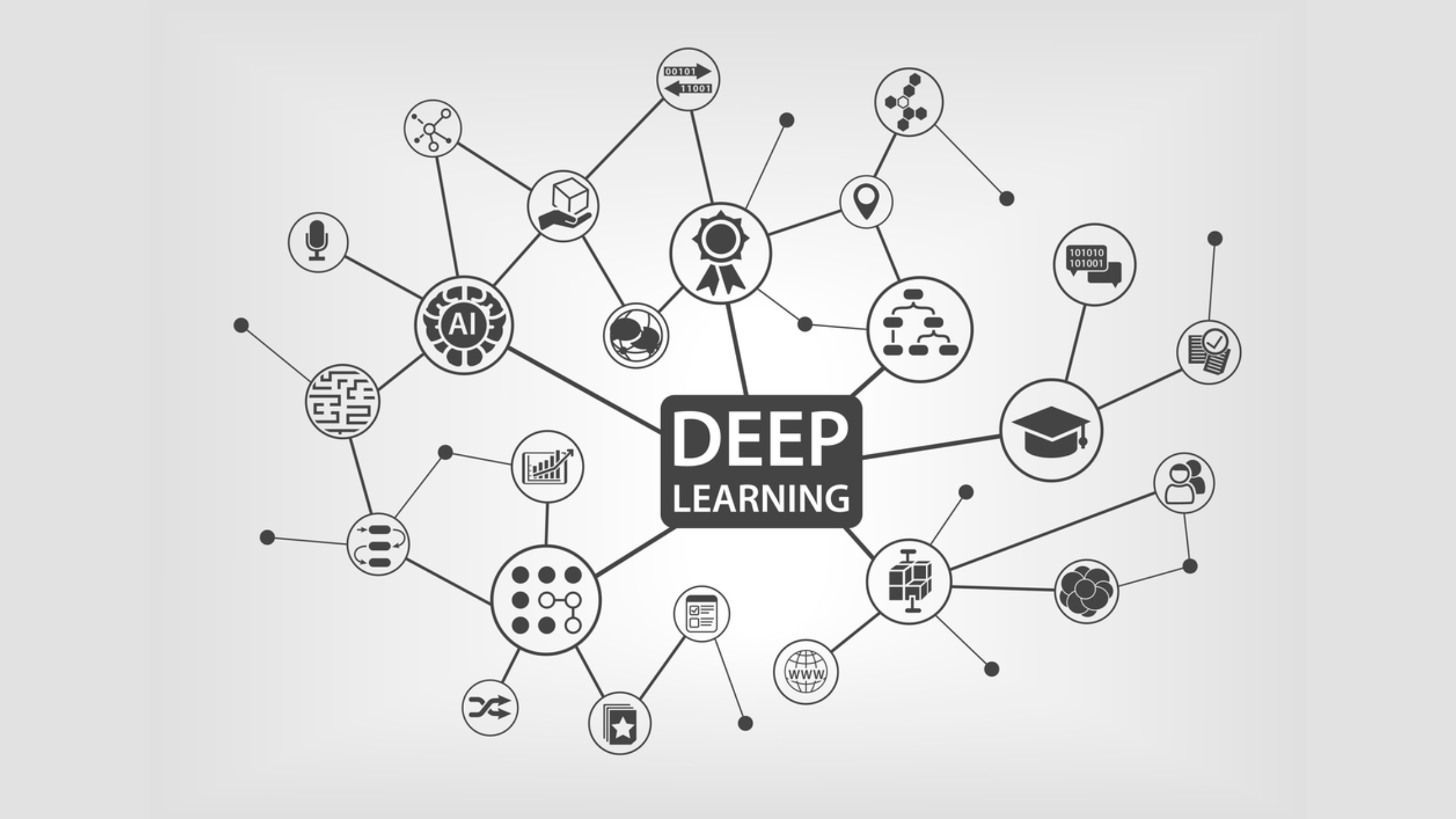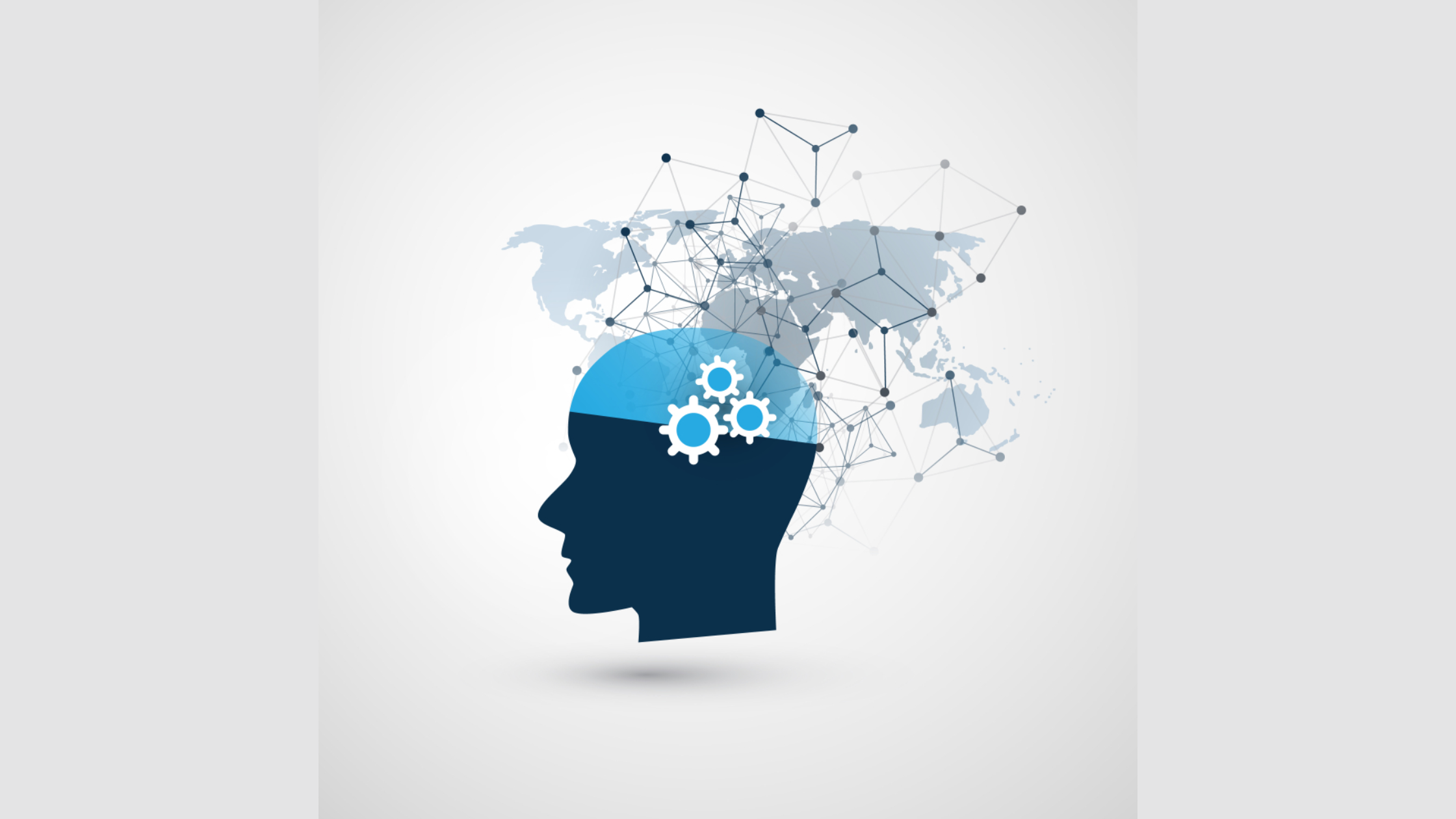Introduction
Hey, tech enthusiasts! Have you ever wondered about the magic behind AI wonders like self-driving cars and speech recognition?
This is not magic, but amazing math of “deep learning algorithms.”
In this article, we are going to find out the mysteries of deep learning, understand how these algorithms work, and introduce you to the top 10 algorithms you should be familiar with in 2024!
Understanding Deep Learning:
Picture a computer that learns like the human brain—grasping patterns and connections instead of just memorizing facts. Deep learning creates intricate networks of ‘neurons’ inspired by the human brain structure, absorbing massive amounts of data to become experts. Each algorithm has unique strengths, from recognizing faces in photos to translating languages.
What is deep learning?
It’s a powerful technique enabling computers to learn similarly to humans, transforming fields like healthcare and self-driving cars.
Why care?
With over 37% annual growth, understanding these algorithms is not just a bonus; it’s a must-have skill to stay ahead.
Why are they important?
Think self-driving cars, accurate medical diagnoses, and personalized experiences.
Next time you encounter AI wonders, remember the tiny algorithms working behind the scenes, learning and evolving like us!

How Deep Learning Algorithms Works?
These algorithms act as tiny computer brains, learning by analyzing massive amounts of data. It’s like showing a child picture of cats on a grand scale.
By adjusting connections, they become experts in recognizing faces, translating languages, or even diagnosing diseases. It’s not magic; it’s just impressive math behind the AI revolution!

Types of Algorithms Used in Deep Learning
Convolutional Neural Networks (CNNs): If you are thinking about how self-driving cars “see” the world? CNNs excel at image recognition, powering applications like medical image analysis and facial recognition. It offers layered architecture and mimics the human visual cortex.
Extended Short-Term Memory Networks (LSTMs): Can a machine understand human language? LSTMs tackle sequential data like text and speech, enabling tasks like machine translation and sentiment analysis. It provides an internal memory mechanism and unlocks the secrets of natural language processing.
Recurrent Neural Networks (RNNs): Unlike LSTMs, RNNs handle sequential data effectively. Predict stock prices, generate text, or detect anomalies – use them to discover how their simpler architecture tackles diverse challenges.
Generative Adversarial Networks (GANs): Imagine creating photorealistic images that don’t exist! GANs pit two neural networks against each other, leading to ever-more realistic outputs. Explore its competitive approach and its potential in drug discovery and personalized experiences.
Radial Basis Function Networks (RBFNs): They are versatile problem solvers! RBFNs handle diverse tasks like regression and control systems. Try it out to uncover their single hidden layer and how it adapts to complex functions.
Multilayer Perceptrons (MLPs): The classics never go out of style! MLPs represent the foundation of neural networks, offering robust classification and regression capabilities. These applications can be used to discover image recognition and credit risk assessment.
Self-Organizing Maps (SOMs): Visualize high-dimensional data with SOMs! Imagine grouping customers based on their purchase history. Use it to know how this algorithm helps us see relationships within complex datasets.
Deep Belief Networks (DBNs): Think stacked learning! DBNs build complex features from data through layers of simpler models. Use it to uncover their unsupervised learning capabilities and potential in feature extraction.
Restricted Boltzmann Machines (RBMs): These are the building blocks of DBNs, specializing in modeling probability distributions. Delve into their role in the initial stages of feature learning.
Autoencoders: Data compression made intelligent! Autoencoders learn efficient representations of data, enabling tasks like dimensionality reduction and anomaly detection. Go with it to see – how they compress information, like summarizing a movie into a trailer.
The Deep Learning Journey Starts Here: Take Charge with Datacrew.ai
Deep learning has rapidly evolved, and it’s no longer just a buzzword – it’s shaping the future in industries from healthcare to finance.
Are you ready to join the vanguard of this revolution?
Don’t just explore, master! Datacrew.ai empowers you to unlock the true potential of deep learning. We are here to craft custom solutions with our AI & Machine Learning Services. Our proven team of data scientists and engineers can help you leverage AI for your specific needs.
Stop wondering; start acting! Visit Datacrew.ai today and take the first step on your deep learning journey. Remember, the future is powered by deep learning. Make sure you are in the driver’s seat.